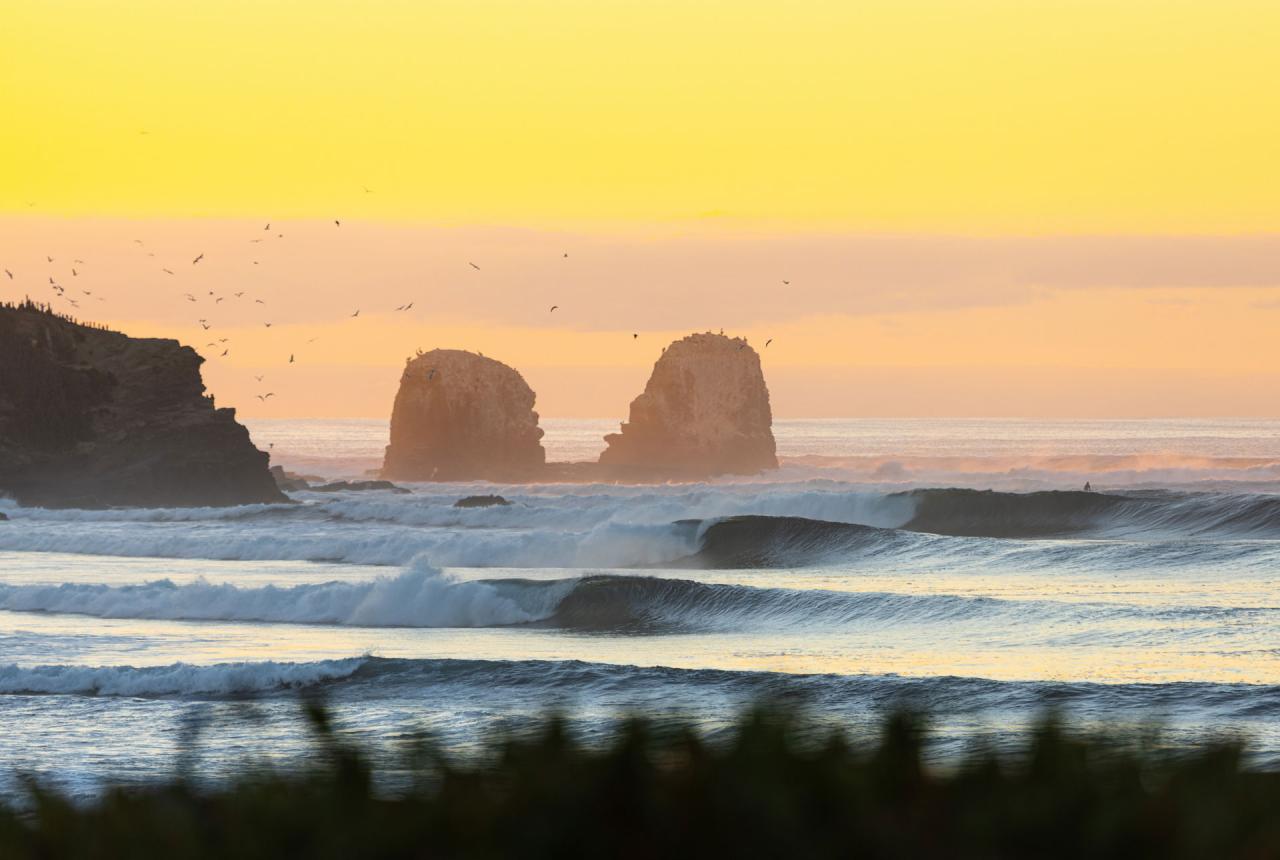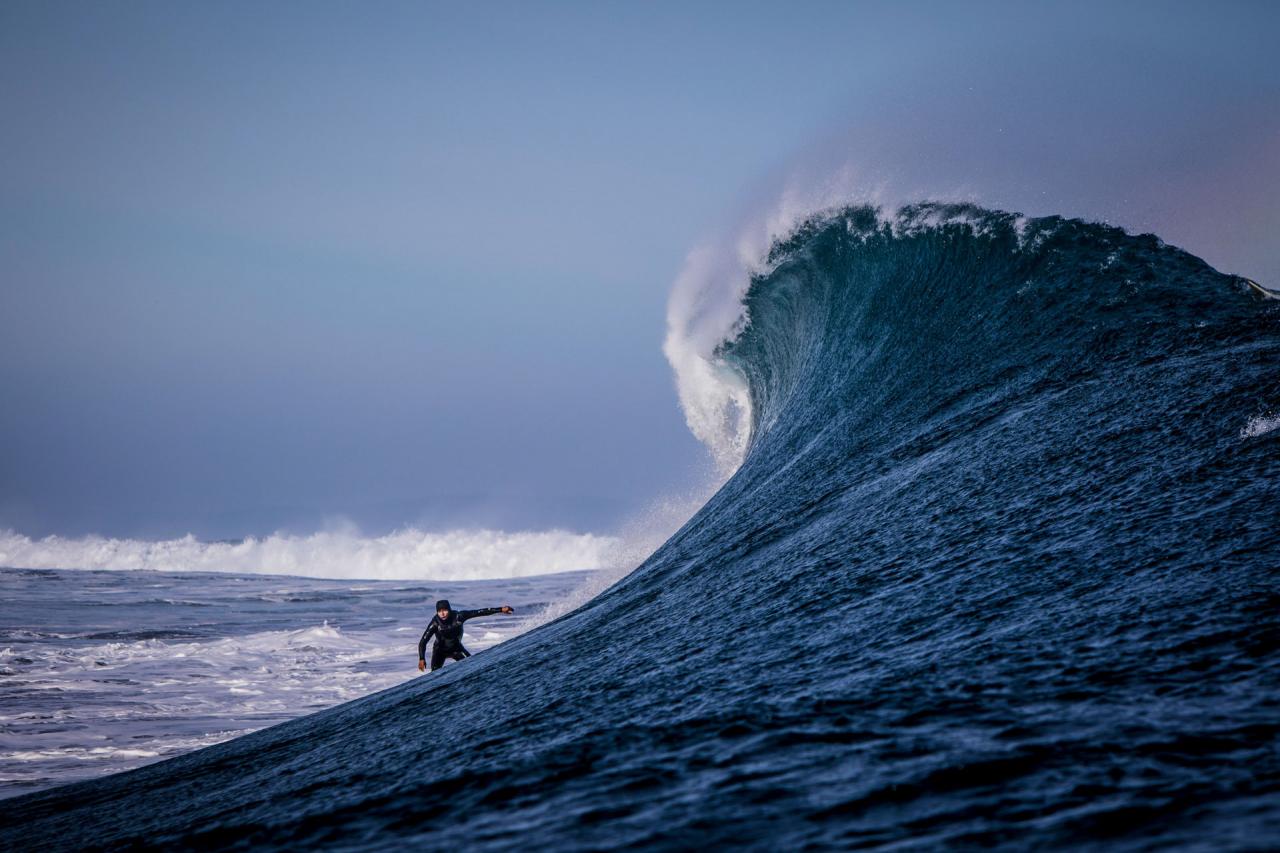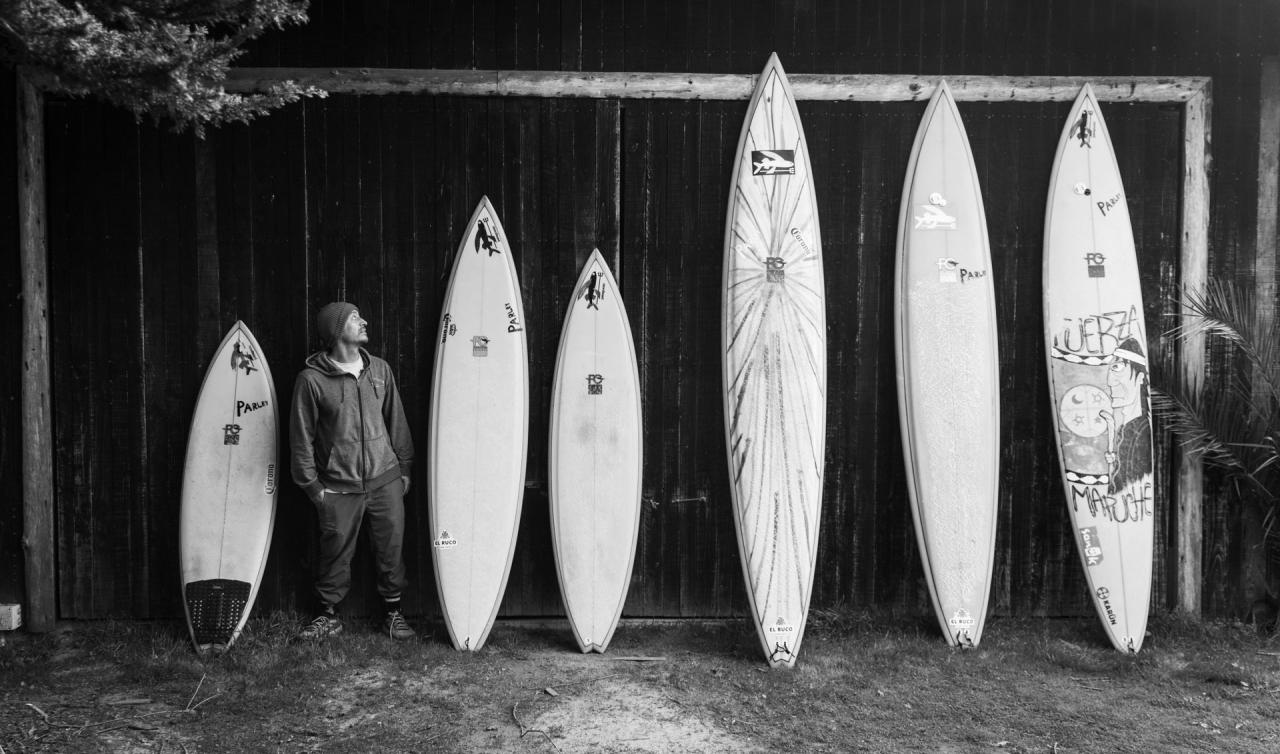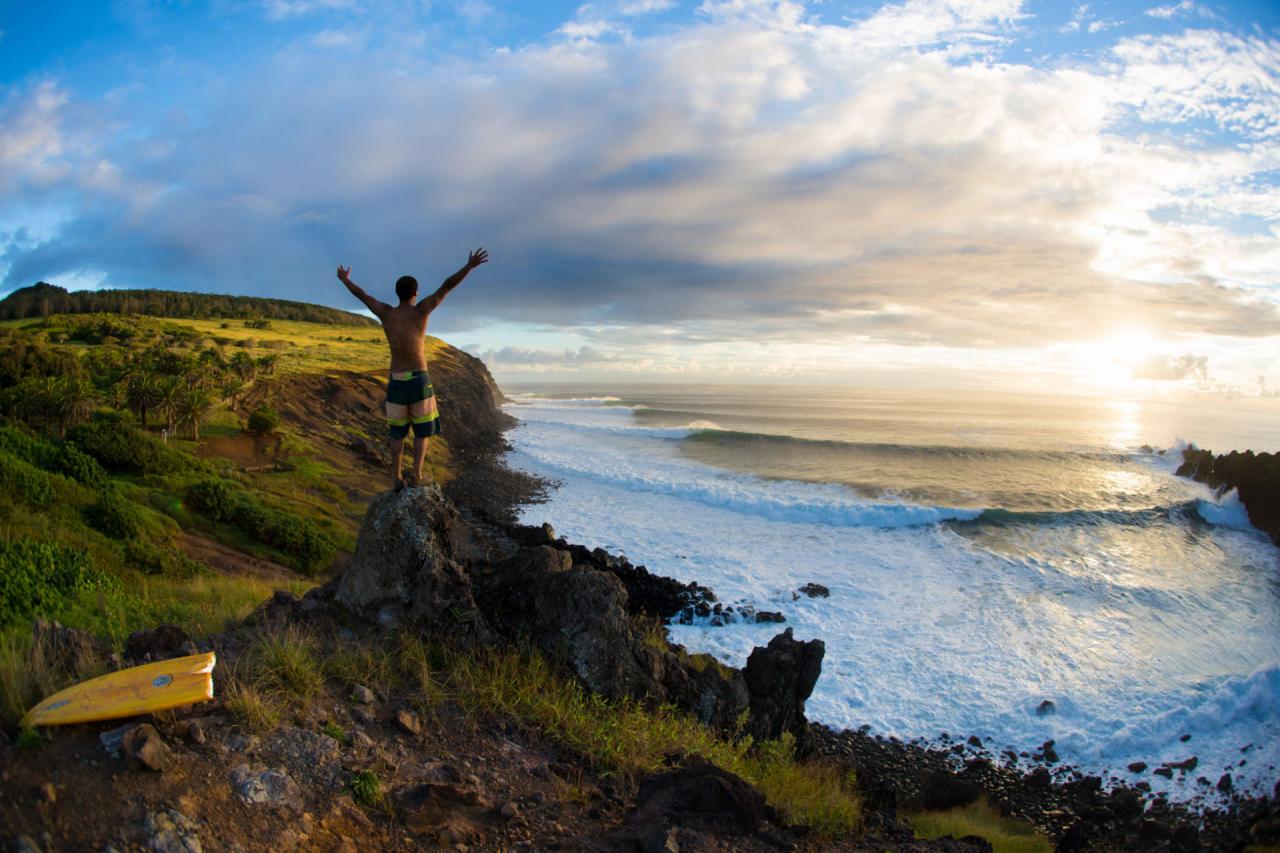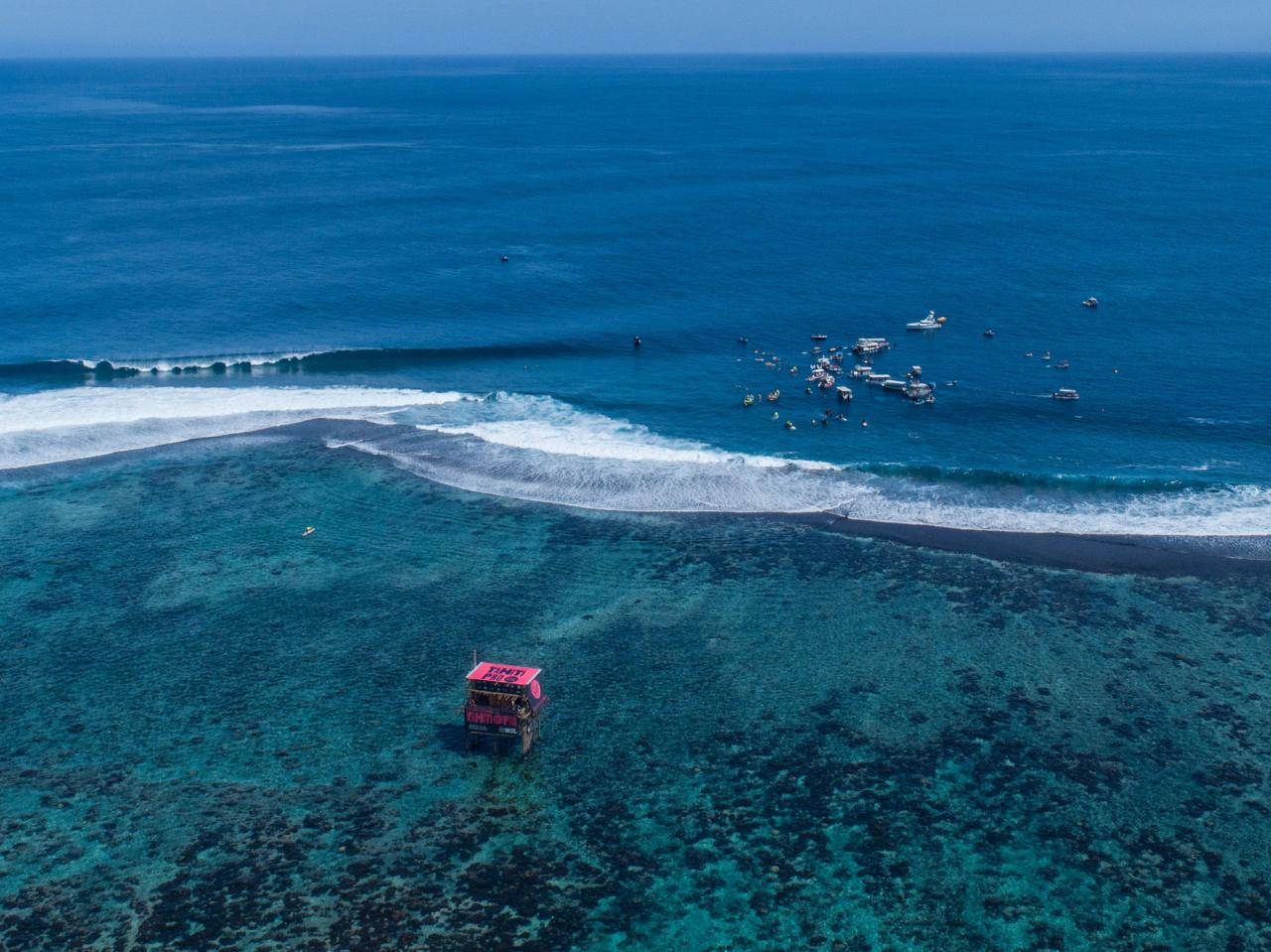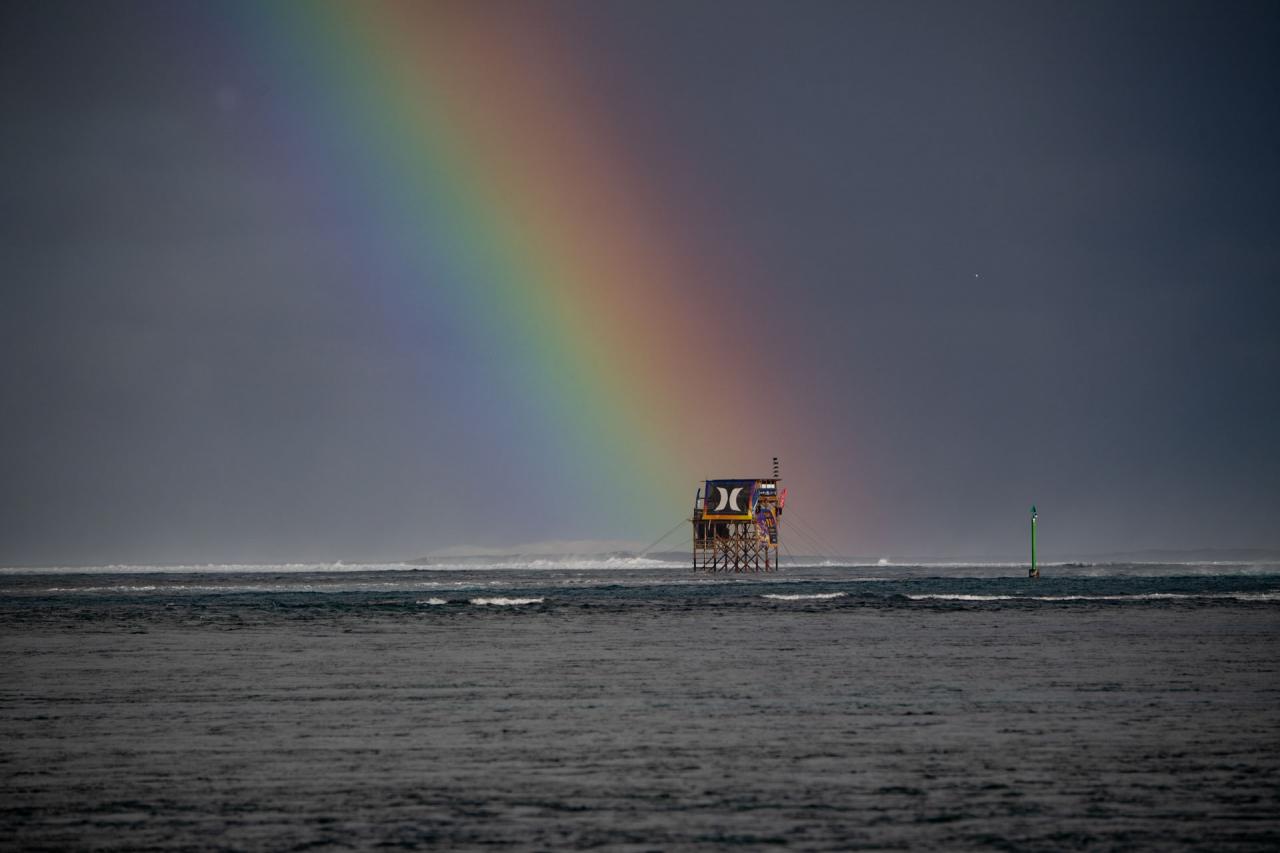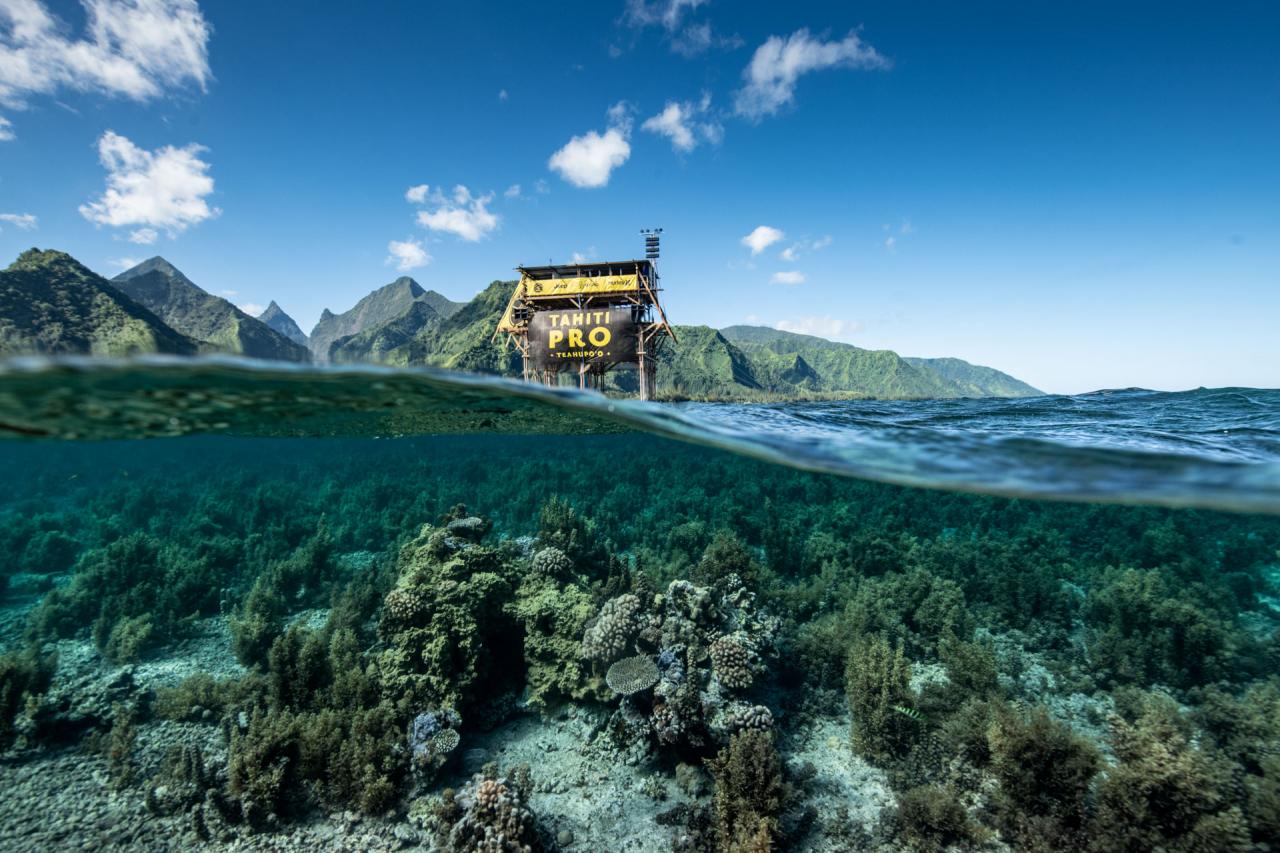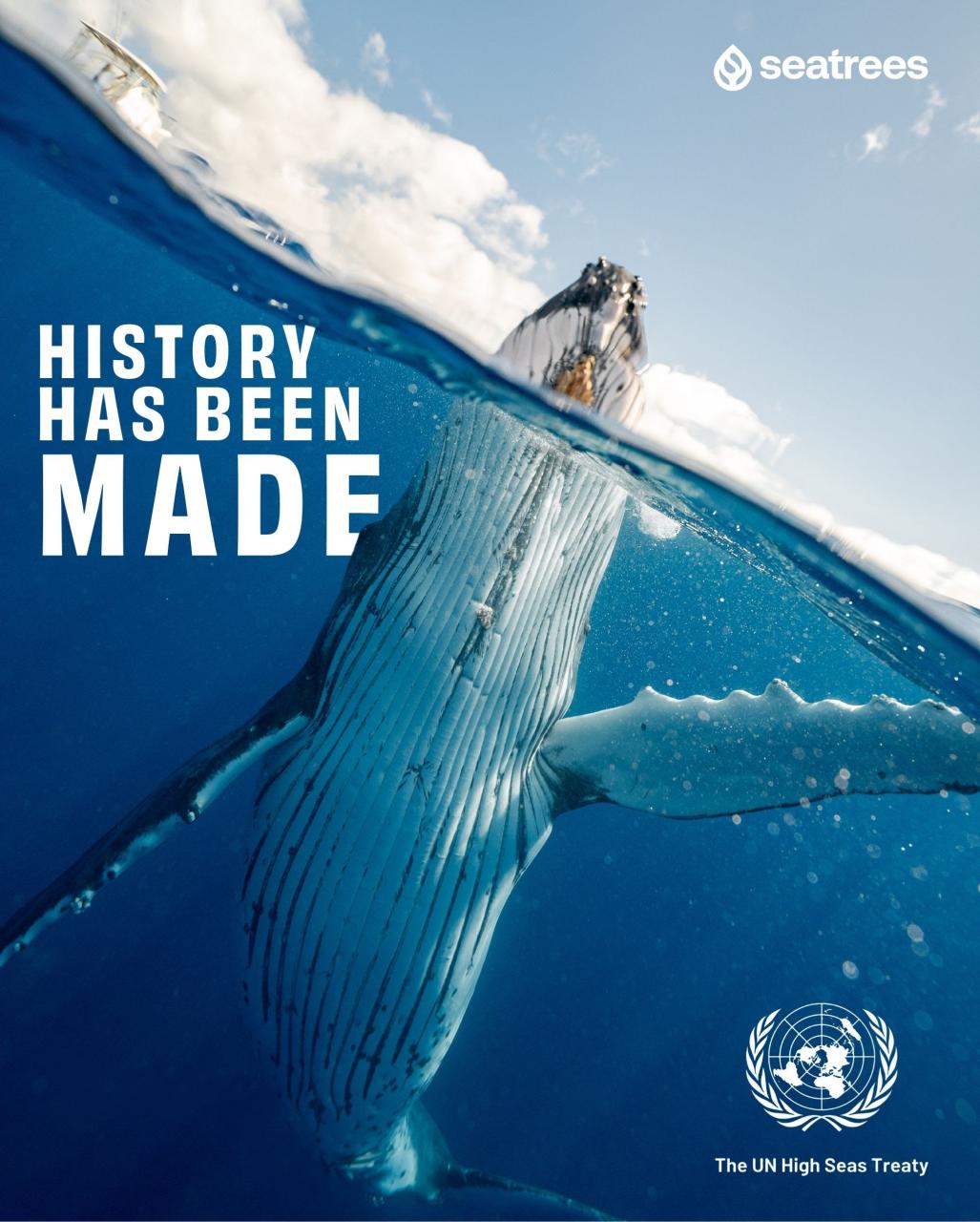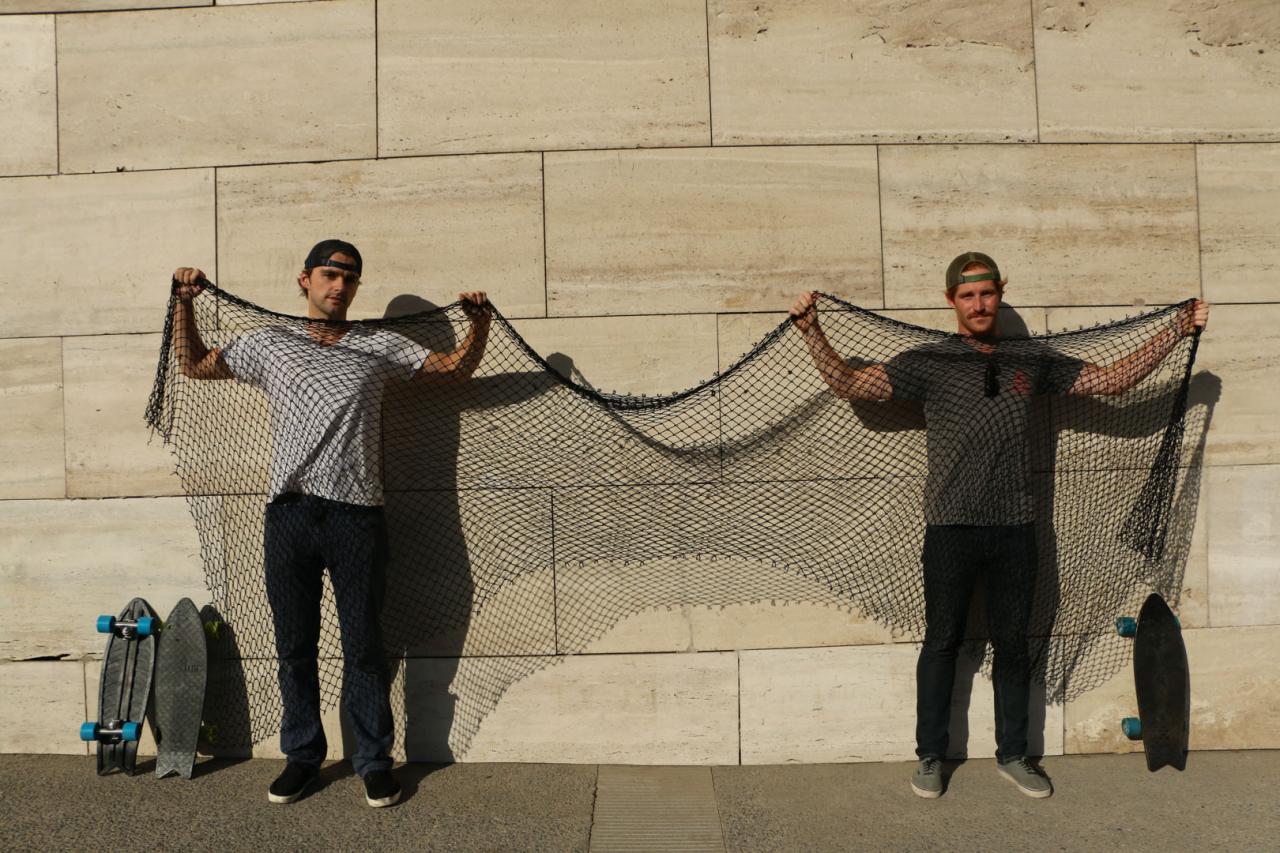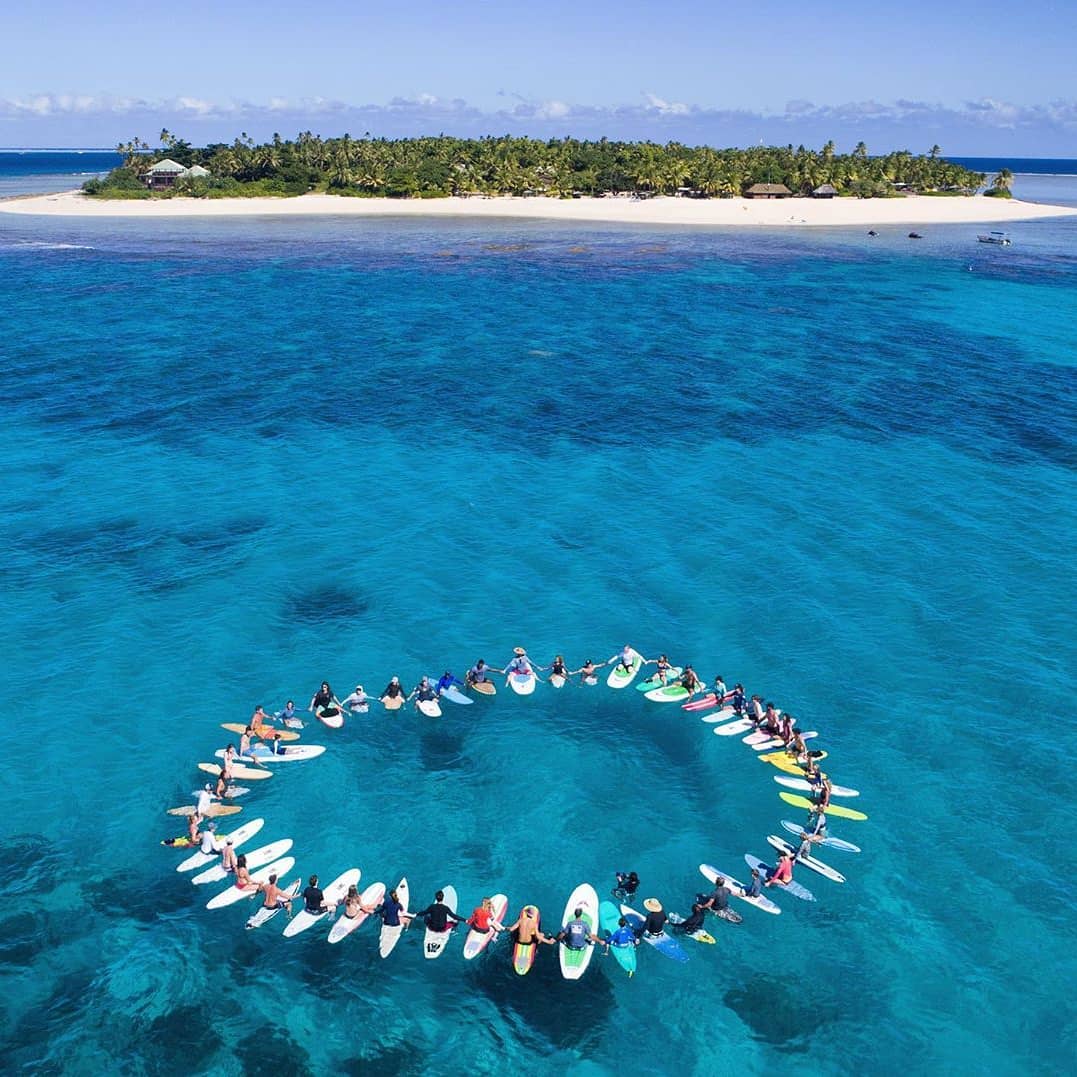Roderigo Farias Moreno is the Country Manager for Chile for the ocean conservation non-profit, Parley for the Oceans. Parley, founded in 2012, consists of a thriving network of leaders, thinkers and creators who come together on powerful, integrative projects to raise awareness about the fragility of our world’s oceans and collaborate to end their destruction. Moreno’s role in Chile includes documenting oceanic changes through photography and filmmaking as well as gathering people and groups together to collaborate on solutions to protect our world’s most precious resource. We thank him for contributing to this article and the work he continues to do for Parley.
Over the years I have realized that the more passionate I become about surfing, the more I am passionate about our world’s waves, their constant movement, colors and energy. Additionally, it is the constant threat of annihilation which waves face through development and shoreline hardening that has heightened my dedication to photographing waves and the people who ride them. In addition to being a surf photographer, my work includes acting as a dedicated collaborator in the conservation efforts towards protection of the ecosystems in which the waves develop. What we today call the coastal zone.
By protecting waves, we are not only ensuring that the act of sliding a board for personal enjoyment will be maintained, but - even though surfing is oft considered an egocentric and and individualistic sport - we are also participating in a collective search for peace of mind, soul and spirit every time we enter the sea. I believe that, as surfers, when we leave the sea we are better people. We are more accountable for this planet. We live and cohabitate better.
An important facet of protecting a wave, from the moment it originates into form until it reaches the shore, is measured by distance. In some cases that may be a few meters and in others several hundred kilometers. I am lucky to live in a country like Chile with long, left-hand waves, and where waves coming in often exceed hundreds of meters in length and several meters in altitude. The documentation I have done on waves arriving in Chile is an important part of my life’s work.
As a human community, we have not yet learned how to measure the value of a wave, inside and outside, and comprehend how the regions where a wave lives adds more benefits than misfortune. Sooner or later, we all come to understand development is a constant. Tourism will come. It is here in the intersection between development and raw nature wheref industrial growth needs to converse with the real spirit of a place in order to understand where those who live there want to take it. This is why it is important to hold a vision, that we are vigilant about creating time to develop conservation plans on some scale, public or private, in all places where waves exist. In my opinion, a wave is a gentle factory to create better humans. - Rodrigo Farias Moreno
The following narrative by watersports photographer Tim McKenna is an accounting of a current day, real life threat of this world renowned wave. This iconic place, end of the road, as it is called, is considered a sacred lagoon by many local Tahitians. The proposed construction of a judging tower within the lagoon for the 2024 Olympics also includes drilling into the reef and laying down wastewater pipes and high powered cables. Once the reef inside the lagoon has been disrupted, there is no guarantee that marine life won’t be impacted and a very real danger that the size and shape of the historic wave at Teahupo’o may be altered.
Tim McKenna on Teahupo’o’ s Olympic Wave
Every year, the wooden judging tower at Teahupo’o is assembled in the lagoon just before the WSL events for the Tahiti Pro. Shortly after the event is completed, it is taken down and stored in containers until the following year. Sometimes a few pieces of wood need to be updated, but it has basically been the same structure for the last twenty years.
However, for the surfing events of the 2024 Paris Olympic Games, the Olympic governing body requires a much larger and more complex judging tower within the lagoon adhering to very strict specifications. The IOC has stated, the tower needs to accommodate more people, have a perfect security standard, an air conditioned room for the judges, electricity, running water for toilets and high speed internet cables.
The new aluminum tower they are proposing is going to cost 5 million and have permanent cables and pipes drilled from shore into the middle of the lagoon, but they promise the tower will also be disassembled after the event to minimize the visual impact during the year.
Recently, over 500 people gathered at Teahupo’o to do a peaceful walk to protest this new tower and the impact it could have on the environment. Let us hope that the locals, environmental specialists and IOC will follow along in this process to make sure the end of the road stays true in all its pristine glory.
If you would like to participate in the protection of the sacred wave and lagoon at Teahupo’o, please sign the petition below:
“We, the undersigned residents and visitors of Teahupo’o and Maohi nui, ask the government of Tahiti to renounce the new Arbitration Tower for the 2024 Olympics, the drilling required to build the platform on the lagoon, the underwater pipelines and propose to use the usual wooden towner for the surfing competition of the 2024 Olympics in French Polynesia.
To sign, go to: www.change.org/p/faatura-ia-teahupo-o.com

